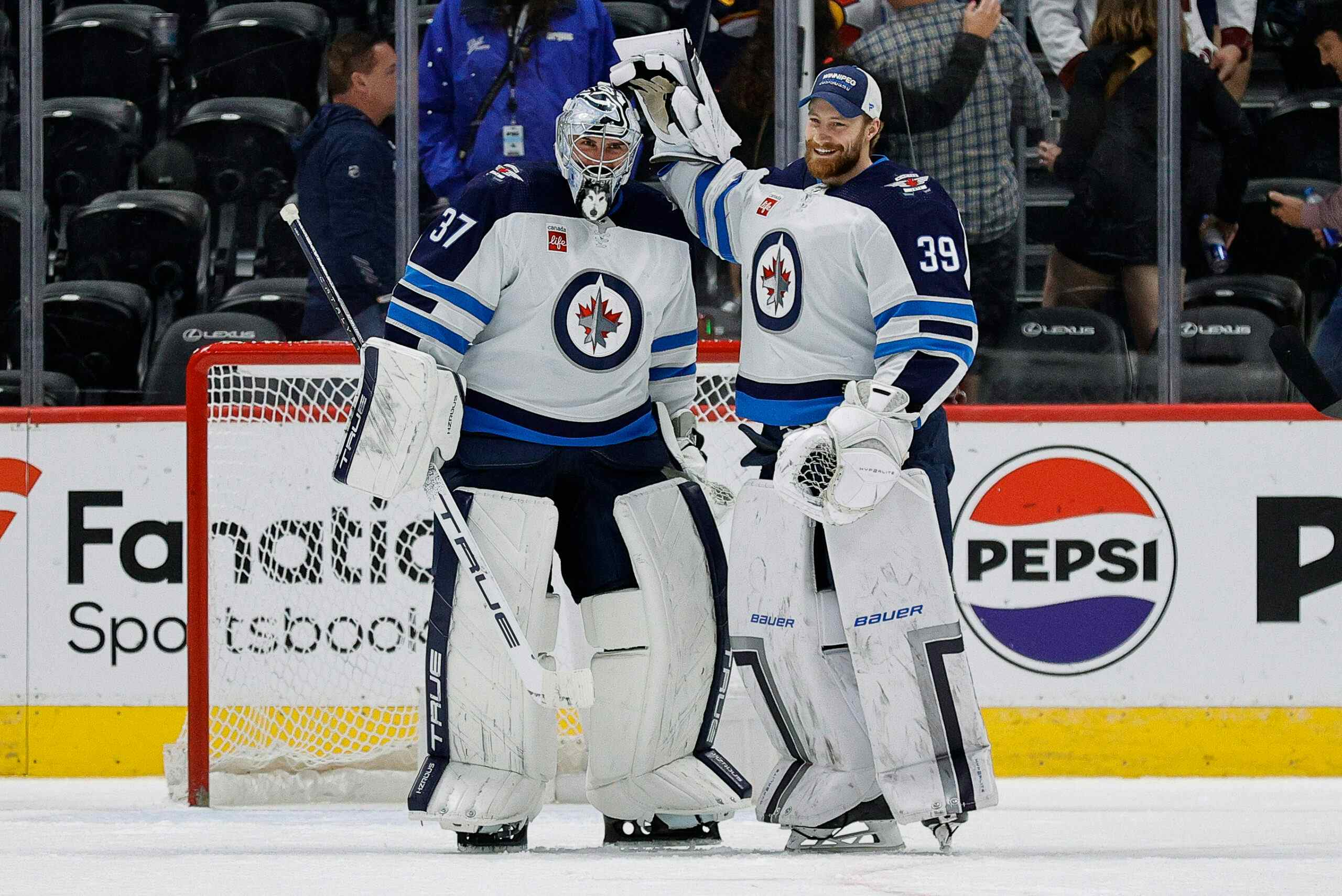What is wrong with the Winnipeg Jets?
By Garret Hohl
9 years agoThe Winnipeg Jets currently hold a three game deficit in a best of seven series versus the Anaheim Ducks.
The Jets have been out shot, out played, and outscored. It is a confusing matter since the Jets were rarely out done in all three conditions during the regular season. These are not the same Jets of the regular season and now they are in very real danger of being swept.
What is wrong with the Jets?
Skaters Outplayed on Even Strength
The Jets were a favourite possible dark horse due to their strong play in 5v5 situations throughout the regular season.
Their 53.5 score-adjusted Corsi was the sixth highest in the NHL. They were second best playoff teams over their final 25 games in the same statistic.
Corsi is used as a predictive measure, but it was not just in Corsi where they performed well. They outscored their opponents by 22 goals over the regular season, seventh best in the NHL. In the final 25 games they were fourth in playoff teams with an +11 goal differential.
The post-season has not been the same. The Jets have only controlled 47.3 percent of attempts after adjusting for score. They have also allowed one more goal than they have scored.
Using the Jets playoff shooting percentage and save percentage, the team’s change in shots for and against rates relative to their regular season performance has impacted their goal differential by an estimated 1.6 goals on average.
Not Enough Saves
Conversations on goaltending always seem to turn into a controversy. For some, indicating a goaltender’s performance as subpar is synonymous to blaming the goalie for the loses.
The two are not equitable. Just like the Jets skaters have put up substandard performance for much of the series, so has the Jets goaltending.
Over the regular season, the Jets netminders prevented 91.3 percent of shots from scoring, but have only stopped 89.2 percent of shots during the playoffs.
It has not been limited to special teams either. The Jets 91.6 even strength save percentage in the post-season is a far cry from their 92.8 in the regular season.
Special Teams Not Clicking
Going into the series, there was a lot of talk on the Jets being able to take advantage of their strong 5v5 and poor special teams in the playoffs. There has long been a notion that the playoffs have fewer penalties called than in the regular season. This is actually not true. While referees tend to let a lot more go, players also try to get away with more. Overall, you end up with more penalties being called per minute and per game than in the regular season.
The Jets and Ducks have each received five power play opportunities. The Ducks have connected on three while the Jets have only taken advantage of one opportunity.
The Jets have generated 55.6 shots per sixty minutes on the power play, which is similar to their regular season value of 51.7 shots. The difference has been in the conversion. The Jets shooting percentage on the power play has been half that of their regular season. On average you’d expect the Jets to score two goals from their fifteen shots, but they have only scored one.
The penalty kill has been similar. The Jets shot suppression, with only allowing 53.6 shots against per sixty minutes, is almost on the dot same as their regular season 52.0 value. Again, the difference has been shooting percentage. The Ducks have scored on 21.4 percent of power play shots, when generally the Jets opponents score on 12.5 percent. On average this has lead to an increase of 1.25 expected goals.
Final Thoughts
I’ve combined all the impacts together here:

Despite the Jets losing three games, the series has been close. The margins of winning is slim. The Jets have scored seven goals while allowing eleven. They have even lead on the scoreboard for more of the series than the Ducks have.
The Jets poor play in even strength shot differentials has cost them about one and half goals. Their save percentage for the same minutes has been about a goal’s worth worse. Meanwhile their special teams percentages have the Jets scoring two less goals despite generating one more shot than the Ducks.
Flip only these things and the Jets goal differential goes from -4 to either +1 or even.
Why has it been like this? Is it luck? Is it nerves? Is it coaching?
Puck-luck could play a factor and likely does. As shown, the differences in percentages amounts to one goal in many places. Just one more bounce the Jets way or one less for the Ducks and things dramatically change.
There’s probably nerves to it as well. Many of the Jets players are inexperienced in the playoffs. This is only the franchise’s second showing and first since the move to Winnipeg. The first game was extraordinarily uncharacteristic of the Jets, with the Jets playing a more chip and chase game than carrying the puck and struggling to make their passes.
Of course, the chip and chase game style could also be from above. The Jets may have tried adjusting to what they expected of the playoffs. There is a chance that the Jets moved away from what made them the Jets, intentionally or not.
The series is not over though. The odds are stacked against the Jets but the improbable happens all the time.
Recent articles from Garret Hohl





